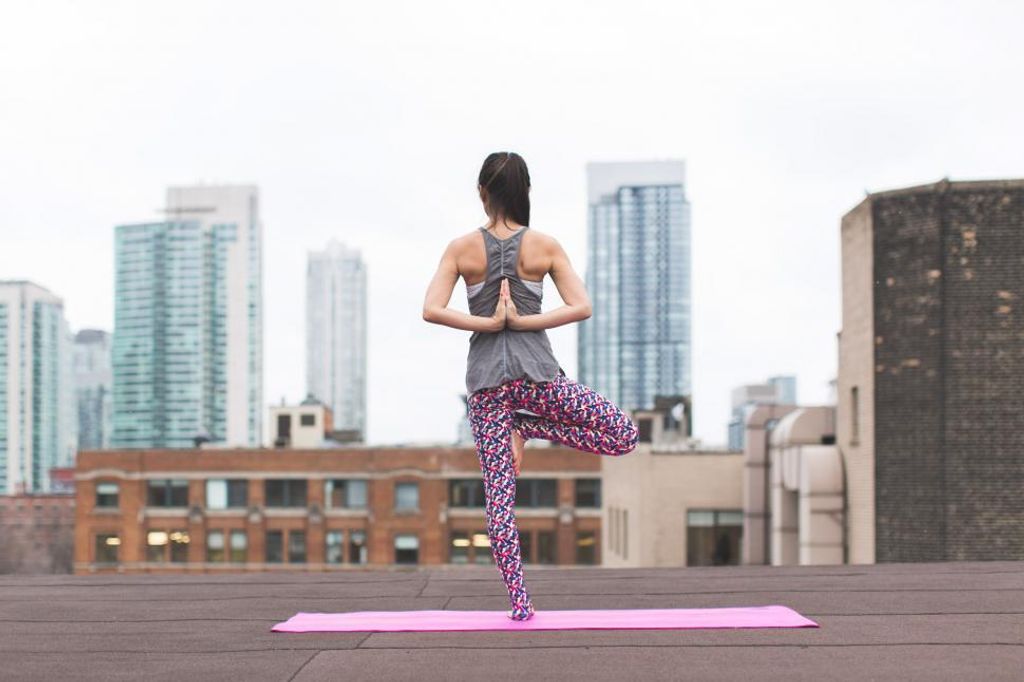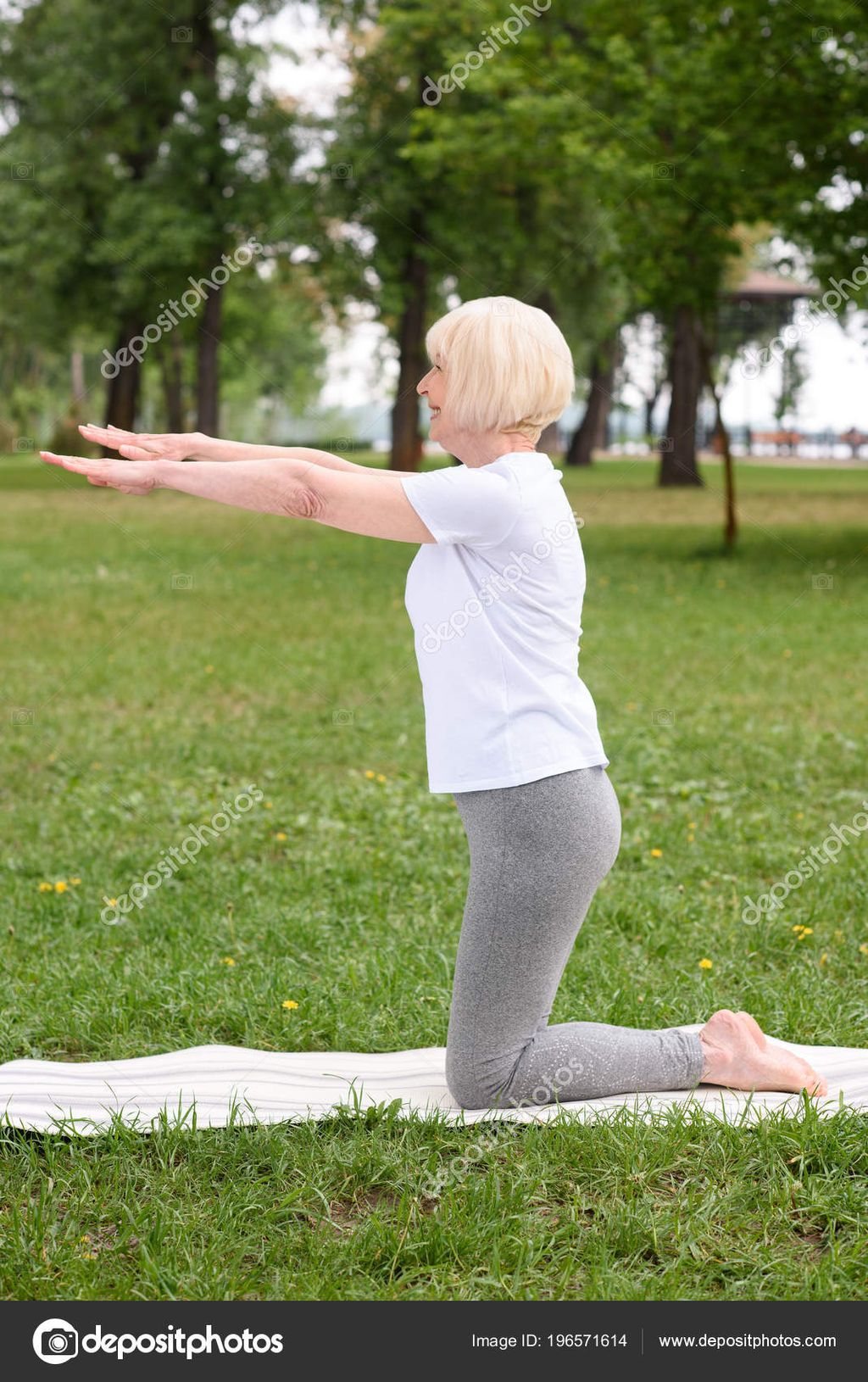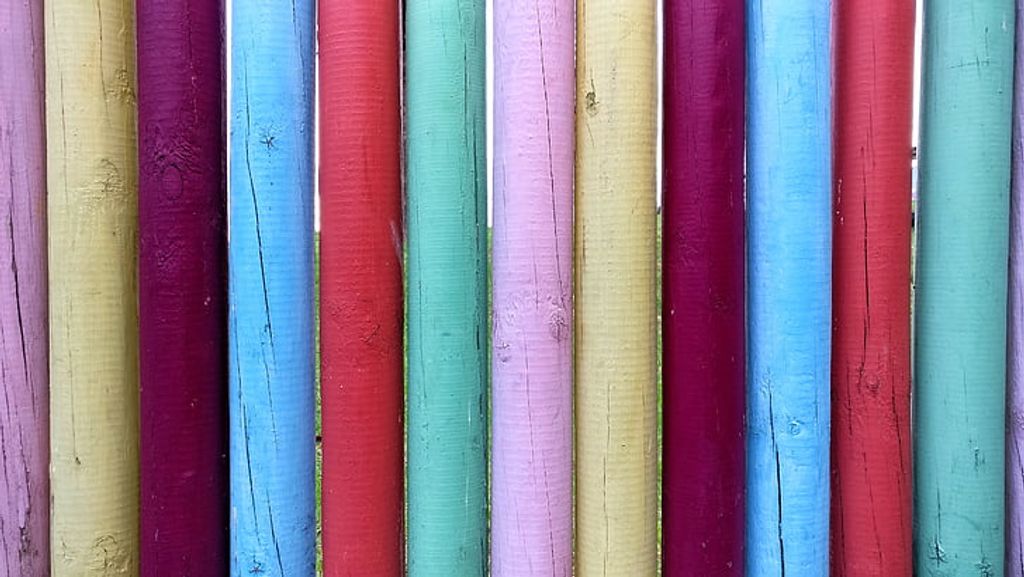
Choosing the Right Thickness: A Guide to Yoga Mats
Choosing the right thickness for your yoga mat is essential for a comfortable and enjoyable practice. The thickness of a yoga mat can impact your level of comfort, stability, and support during various poses and movements. It's important to find the right balance of cushioning and stability that suits your yoga style and level of experience. In this guide, we will explore different thickness options and factors to consider when choosing the thickness of your yoga mat.
Key Takeaways
- The thickness of a yoga mat affects comfort, stability, and support during practice.
- Consider your yoga style and level of experience when choosing the thickness of your mat.
- Thinner mats are more portable, while thicker mats offer more cushioning and joint support.
- Factors to consider include body weight, pressure distribution, yoga surface, and intended use.
- Testing and trying out different thicknesses can help you find the right fit for your practice.
Why Thickness Matters in Yoga Mats
Understanding the Impact of Thickness on Comfort
The thickness of a yoga mat plays a crucial role in determining the level of comfort during your practice. A thicker mat provides more cushioning and support, which can be beneficial for sensitive joints and individuals who prefer a softer surface. However, it's important to find the right balance of cushioning and stability. Too much thickness can compromise stability and make it difficult to maintain proper alignment in certain poses. On the other hand, a mat that is too thin may not provide enough cushioning and may cause discomfort, especially during longer sessions. It's essential to consider your body's needs and preferences when choosing the thickness of your yoga mat.
Finding the Right Balance of Cushioning and Stability
When choosing a yoga mat, it is important to find the right balance of cushioning and stability. The thickness of the mat plays a crucial role in providing the desired level of comfort and support. A mat that is too thin may not provide enough cushioning for sensitive joints, while a mat that is too thick may compromise stability and balance. It is recommended to choose a mat with a thickness that suits your individual needs and preferences.
To find the right balance, consider your body weight and pressure distribution. If you have a heavier body weight or tend to put more pressure on certain areas of your body, a thicker mat may be beneficial to provide adequate support. Additionally, the type of yoga you practice and your level of experience can also influence the desired balance of cushioning and stability.
Remember, finding the right balance is essential for a comfortable and effective yoga practice.
Considering Your Yoga Style and Level of Experience
When choosing the right thickness for your yoga mat, it's important to consider your yoga style and level of experience. Different yoga styles require different levels of cushioning and stability. For example, if you practice a more vigorous style like Ashtanga or Vinyasa, you may benefit from a thicker mat to provide extra cushioning and support for your joints. On the other hand, if you practice a more gentle style like Yin or Restorative, a thinner mat may be sufficient. Additionally, your level of experience can also play a role in determining the ideal thickness. Beginners may find a thicker mat more comfortable and forgiving, while advanced practitioners may prefer a thinner mat for better connection and stability.
Exploring Different Thickness Options
1/16 inch: The Thinnest Option for Portability
The 1/16 inch thickness is the thinnest option available for yoga mats, making it highly portable and convenient for travel. This ultra-thin mat can be easily folded or rolled up to fit into a bag or suitcase, allowing you to take it with you for yoga or fitness sessions wherever you go. It is perfect for weekend getaways, extended retreats, or even trips across town. Despite its thinness, the mat still provides adequate grip and stability, ensuring a safe and comfortable practice. Available in a variety of colors to suit your style and preference.
1/8 inch: A Versatile Thickness for Various Yoga Styles
The 1/8 inch thickness is a popular choice among yogis due to its versatility. It provides a good balance of cushioning and stability, making it suitable for various yoga styles. Whether you prefer a gentle Hatha practice or a vigorous Vinyasa flow, this thickness offers the right amount of support for your joints and comfort for your body. It is also a great option for those who like to travel or practice yoga outdoors, as it is lightweight and easy to carry. With its non-slip texture, you can confidently move through your poses without worrying about slipping or sliding.
3/16 inch: Ideal for Extra Cushioning and Joint Support
The 3/16 inch thickness is ideal for those who need extra cushioning and joint support during their yoga practice. This thickness provides a good balance between comfort and stability, making it suitable for various yoga styles. It offers enough cushioning to protect sensitive joints, while still allowing for a stable foundation for poses. Whether you have joint issues or simply prefer a softer surface, the 3/16 inch thickness can provide the support you need.
Here are some factors to consider when choosing the right thickness for your yoga mat:
- Body Weight and Pressure Distribution: Heavier individuals may benefit from thicker mats to distribute their weight more evenly and reduce pressure on joints.
- Yoga Surface and Environment: If you practice on hard surfaces or in outdoor settings, a thicker mat can provide better shock absorption.
- Intended Use and Frequency of Practice: If you practice yoga frequently or engage in intense workouts, a thicker mat can offer more durability and longevity.
Remember, finding the right thickness for your yoga mat is a personal preference. It's important to consider your individual needs and preferences to ensure a comfortable and supportive practice.
1/4 inch: Maximum Comfort for Sensitive Joints
The 1/4 inch thickness is the ideal choice for individuals with sensitive joints. It provides maximum comfort and cushioning, allowing for a more comfortable practice. This thickness offers excellent support and helps to reduce the impact on the joints, making it suitable for those with joint issues or injuries. Additionally, the extra cushioning helps to alleviate pressure points and provides a soft surface for poses that require more support. If you have sensitive joints or are looking for a mat that offers maximum comfort, the 1/4 inch thickness is highly recommended.
Factors to Consider When Choosing Thickness
Body Weight and Pressure Distribution
When choosing the thickness of your yoga mat, it's important to consider your body weight and how it affects pressure distribution. Heavier individuals may require a thicker mat to provide adequate cushioning and support. On the other hand, lighter individuals may find a thinner mat more comfortable and easier to balance on. It's essential to find the right balance between cushioning and stability based on your body weight and pressure distribution.
Yoga Surface and Environment
When choosing the right thickness for your yoga mat, it's important to consider the surface you'll be practicing on and the environment in which you'll be practicing. Different surfaces may require different levels of cushioning and grip. For example, if you'll be practicing on a hard floor, you may want a thicker mat to provide extra cushioning and support for your joints. On the other hand, if you'll be practicing on a carpeted surface, a thinner mat may be sufficient. Additionally, if you'll be practicing in a hot and sweaty environment, you may want a mat with good moisture-wicking properties to prevent slipping. Consider these factors when selecting the thickness of your yoga mat to ensure a comfortable and safe practice.
Intended Use and Frequency of Practice
When choosing the thickness of your yoga mat, it is important to consider your intended use and frequency of practice. If you plan on using your mat for intense and frequent sessions, a thicker mat may provide better cushioning and support for your joints. On the other hand, if you primarily use your mat for gentle stretching or occasional practice, a thinner mat may be sufficient. It is also worth considering the type of yoga you practice. For more dynamic styles that involve jumping and balancing, a thicker mat can help absorb impact and provide stability. Ultimately, the right thickness for you will depend on your individual needs and preferences.
Testing and Trying Out Different Thicknesses
Visiting a Yoga Studio or Retail Store
When choosing a yoga mat, it can be helpful to visit a yoga studio or retail store to see and feel the different thickness options in person. Experiencing the mats firsthand allows you to gauge their level of cushioning and support, and determine which thickness feels most comfortable for your practice. Additionally, you can seek advice from yoga instructors or store staff who can provide recommendations based on your specific needs and preferences.
If you're unable to visit a physical location, consider reaching out to online communities or forums for insights and recommendations on different thickness options. Reading reviews from other yogis who have tried various mats can also be helpful in making an informed decision. Remember, finding the right thickness is essential for optimizing your comfort and enjoyment during your yoga practice.
Reading Reviews and Seeking Recommendations
When researching yoga mats, it can be helpful to read reviews and seek recommendations from other yogis. Reviews provide valuable insights into the quality, durability, and performance of different mats. They can also highlight any potential issues or drawbacks that may not be immediately apparent. Seeking recommendations from experienced practitioners or yoga instructors can also be beneficial, as they can offer personalized advice based on their own experiences. Whether you're browsing online or talking to fellow yogis, taking the time to gather feedback can help you make an informed decision.
Here are a few key points to consider when reading reviews and seeking recommendations:
- Look for reviews from individuals with similar yoga styles and preferences.
- Pay attention to comments about the mat's grip, cushioning, and durability.
- Consider the overall consensus among reviewers rather than focusing on individual opinions.
Remember, everyone's preferences and needs are different, so it's important to gather a variety of perspectives before making your final decision.
Borrowing or Renting Mats for Trial
If you're unsure about which thickness is right for you, consider borrowing or renting mats for trial. This allows you to experience different thickness options without committing to a purchase. By trying out mats of various thicknesses, you can determine the level of cushioning and support that feels most comfortable for your practice.
Here are some steps you can follow when borrowing or renting mats:
- Research yoga studios or retail stores in your area that offer mat rentals.
- Contact the studios or stores to inquire about their rental policies and availability of different thickness options.
- Visit the studios or stores to try out the mats in person and assess their comfort and performance.
- Take note of your experience with each thickness option and consider how it aligns with your preferences and needs.
Remember, borrowing or renting mats for trial can be a valuable way to make an informed decision before investing in your own yoga mat.
Conclusion
In conclusion, choosing the right thickness for your yoga mat is an important decision that can greatly impact your practice. Whether you prefer a thin mat for better stability or a thick mat for extra cushioning, it's essential to consider your personal needs and preferences. Remember to also take into account the type of yoga you practice and the level of intensity. By selecting the right thickness, you can enhance your comfort, support, and overall experience on the mat.
Frequently Asked Questions
What is the ideal thickness for a beginner?
For beginners, it is recommended to start with a medium thickness mat, such as 1/8 inch, to provide a good balance of cushioning and stability.
Can a thicker mat help with joint pain?
Yes, a thicker mat, such as 3/16 inch or 1/4 inch, can provide extra cushioning and support for sensitive joints, helping to reduce joint pain during yoga practice.
Are thinner mats more portable?
Yes, thinner mats, such as 1/16 inch, are more portable and easier to carry around, making them a great choice for frequent travelers or those who practice yoga on the go.
Can the thickness of a mat affect balance?
Yes, the thickness of a mat can affect balance. Thicker mats provide more stability, while thinner mats require more core strength and balance to maintain stability during yoga poses.
Is there a standard thickness for yoga mats?
There is no standard thickness for yoga mats. The thickness varies depending on personal preference, yoga style, and individual needs.
Can I use a thicker mat for more intense yoga styles?
Yes, a thicker mat can provide additional cushioning and support, making it suitable for more intense yoga styles that involve jumping or high-impact movements.


